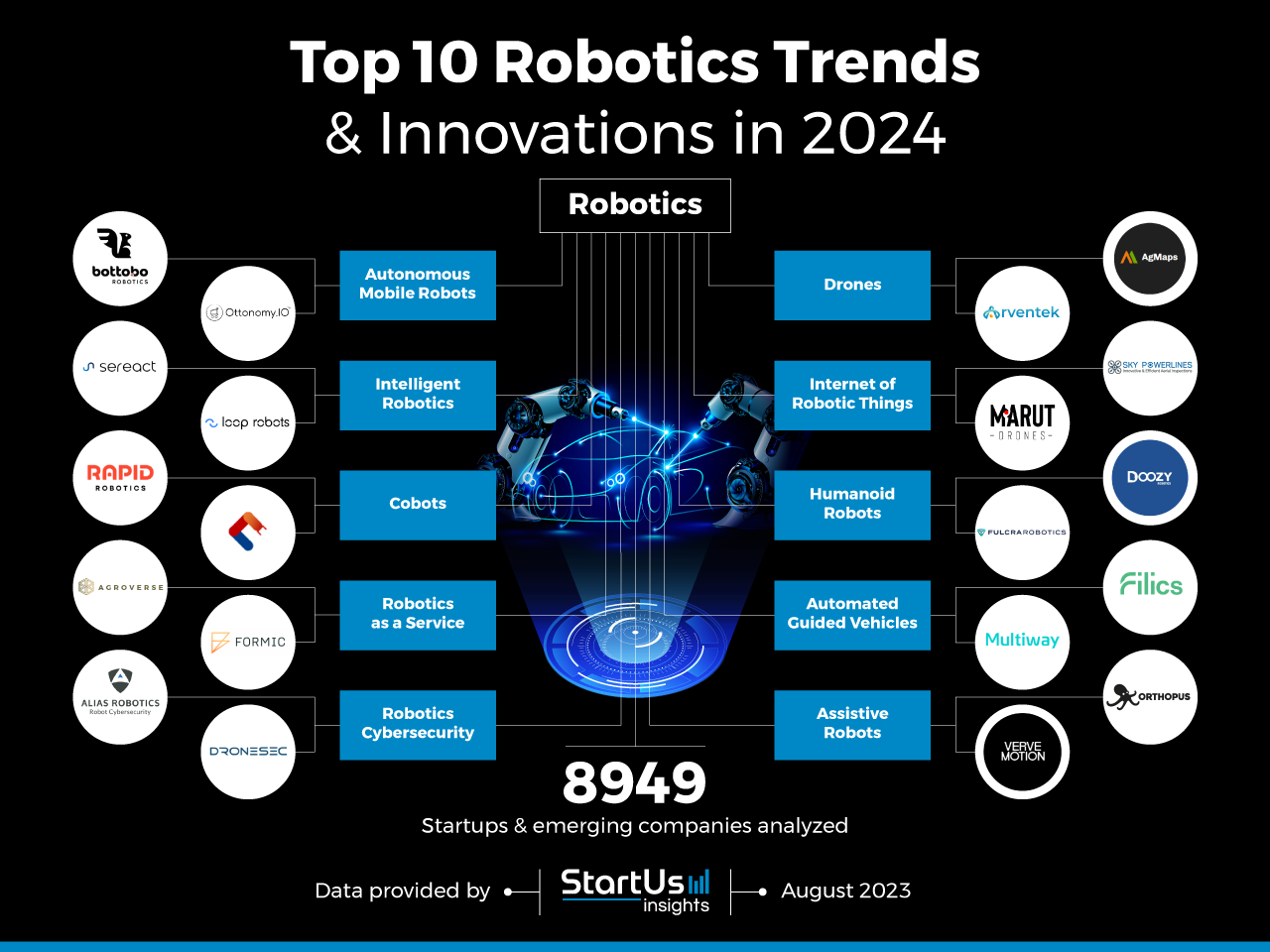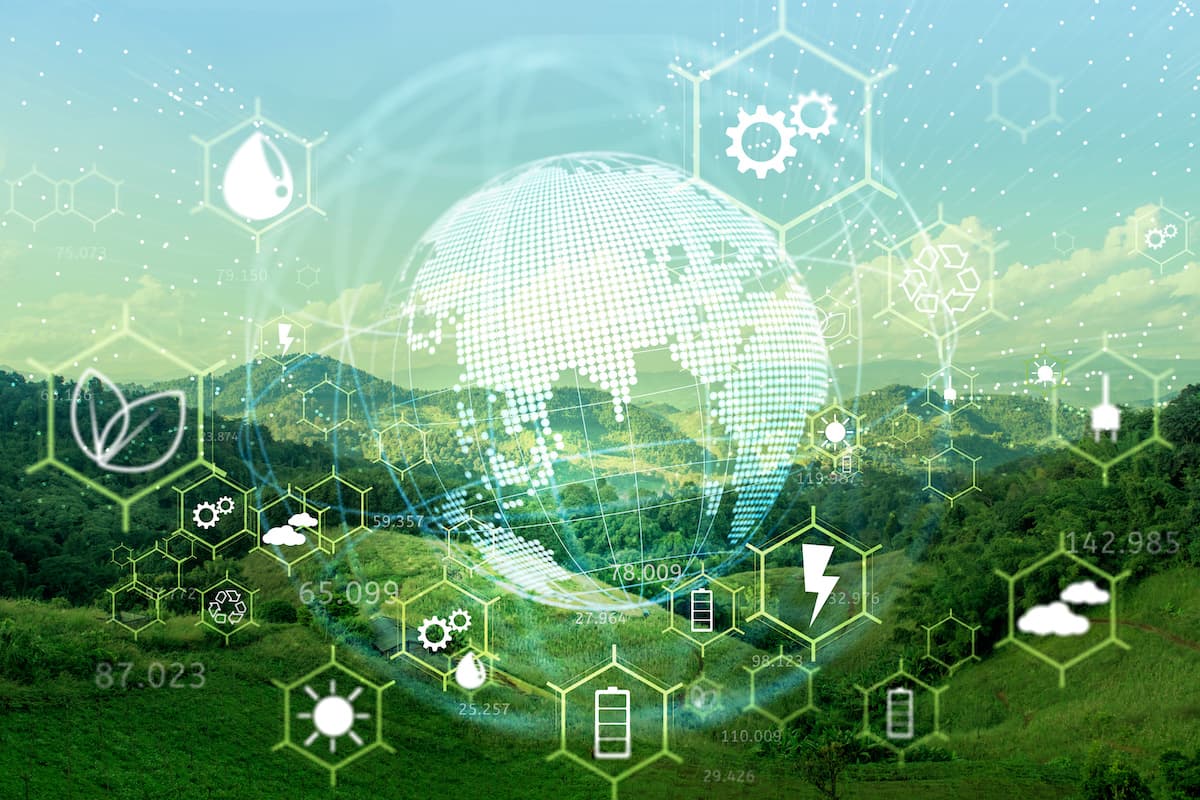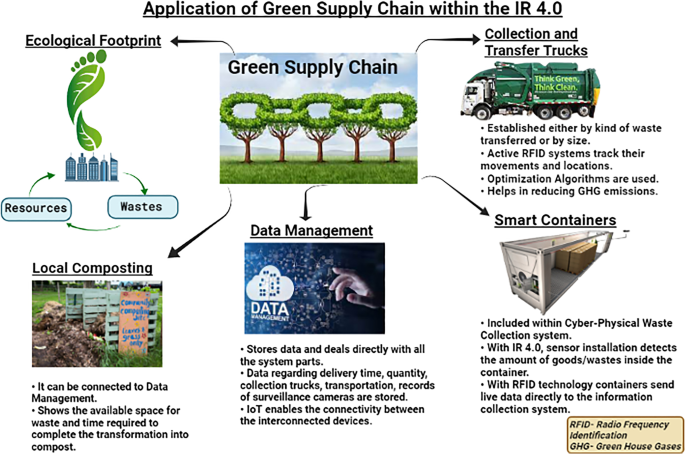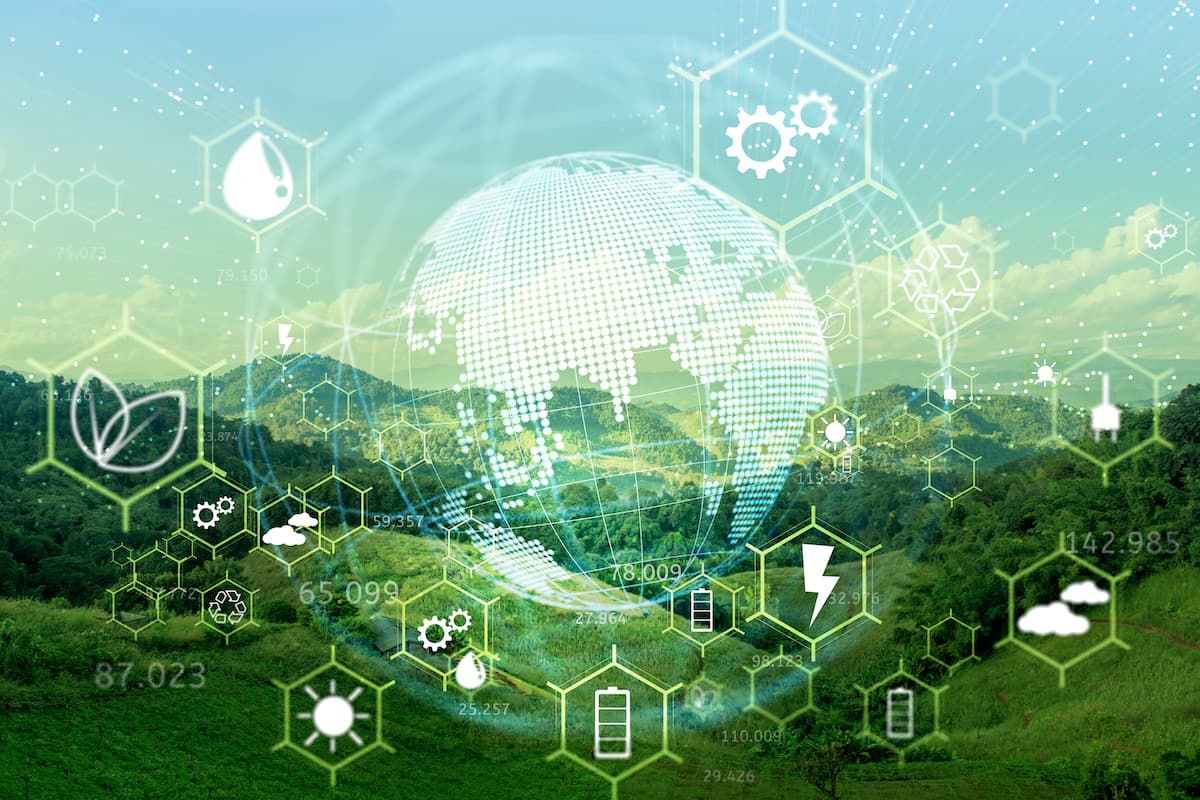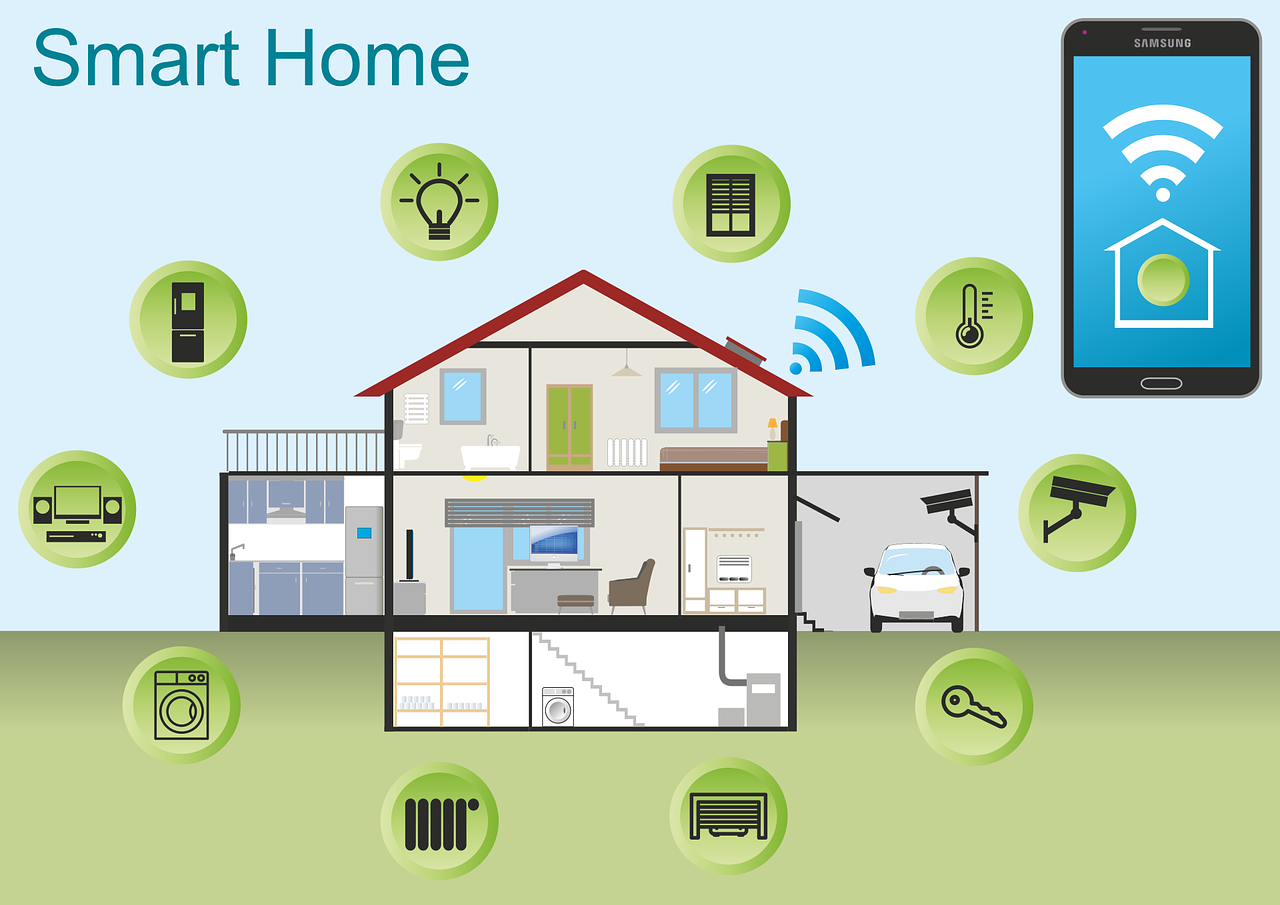The Future of Robotics: What to Expect in the Coming Years
Robotics has been rapidly evolving, with groundbreaking advancements continuing to reshape the world we live in. The future of robotics is brimming with potential, promising to revolutionize industries, enhance human lives, and inspire innovative ideas. In this blog post, we will delve into the exciting developments expected in the coming years, including AI integration, collaborative robots, and service robots.
1. AI Integration: Empowering Robotics with Advanced Intelligence
One of the most significant advancements in robotics is the integration of Artificial Intelligence (AI). Combining AI and robotics allows for the creation of sophisticated, autonomous machines capable of learning from their environment, adapting to new situations, and solving complex problems. From autonomous vehicles to intelligent manufacturing units, AI-powered robots are set to refine and accelerate various industries in the years to come.
2. Collaborative Robots (Cobots): Revolutionizing Human-Robot Interaction
Cobots, or collaborative robots, are designed to work alongside humans in shared workspaces, blending the capabilities and skills of both humans and robots seamlessly. Over the next few years, we can expect more widespread adoption of cobots in various industries, including manufacturing, logistics, and healthcare. Cobots possess several advantages over traditional robots, such as improved safety features, adaptability, and lower costs, making them an appealing option for businesses.
3. Service Robots: Enhancing Daily Life and Supporting Various Industries
Service robotics has experienced considerable growth in recent years, with applications ranging from personal assistance to professional service sectors such as healthcare, security, and logistics. As technology advances, we can expect more versatile and capable service robots to enter the market, aimed at improving both quality of life and work efficiency.
Some examples of service robots include:
– Home helper robots for cleaning, cooking, or personal assistance
– Healthcare robots for telemedicine, patient monitoring, and rehabilitation support
– Agricultural robots for crop monitoring, picking, and sorting
4. Robotics in the Construction Industry: Streamlining and Automating Processes
The construction industry is set to benefit significantly from robotics technology in the coming years. From autonomous bulldozers and bricklaying robots to 3D construction printers, these machines will be critical in streamlining and automating various construction processes. The result will be increased productivity, reduced costs, and improved safety on construction sites.
5. Ethical Considerations: Balancing Progress with Social Responsibility
As robotics continues to advance, ethical considerations and social responsibility become increasingly crucial. It’s essential for researchers, developers, and policymakers to address potential job displacement, privacy concerns, and ensuring robots are designed and utilized ethically. Balancing progress with such considerations will be vital in fostering a beneficial and sustainable future for robotics technology.
In conclusion, the future of robotics is rife with exciting possibilities, offering significant advancements and applications across different industries. The coming years will see more sophisticated AI integration, collaborative robots transforming human-robot interactions, and service robots elevating daily life and industry operations. However, it is essential to address the ethical implications and social responsibilities of robotics to ensure a sustainable and beneficial future for all.







